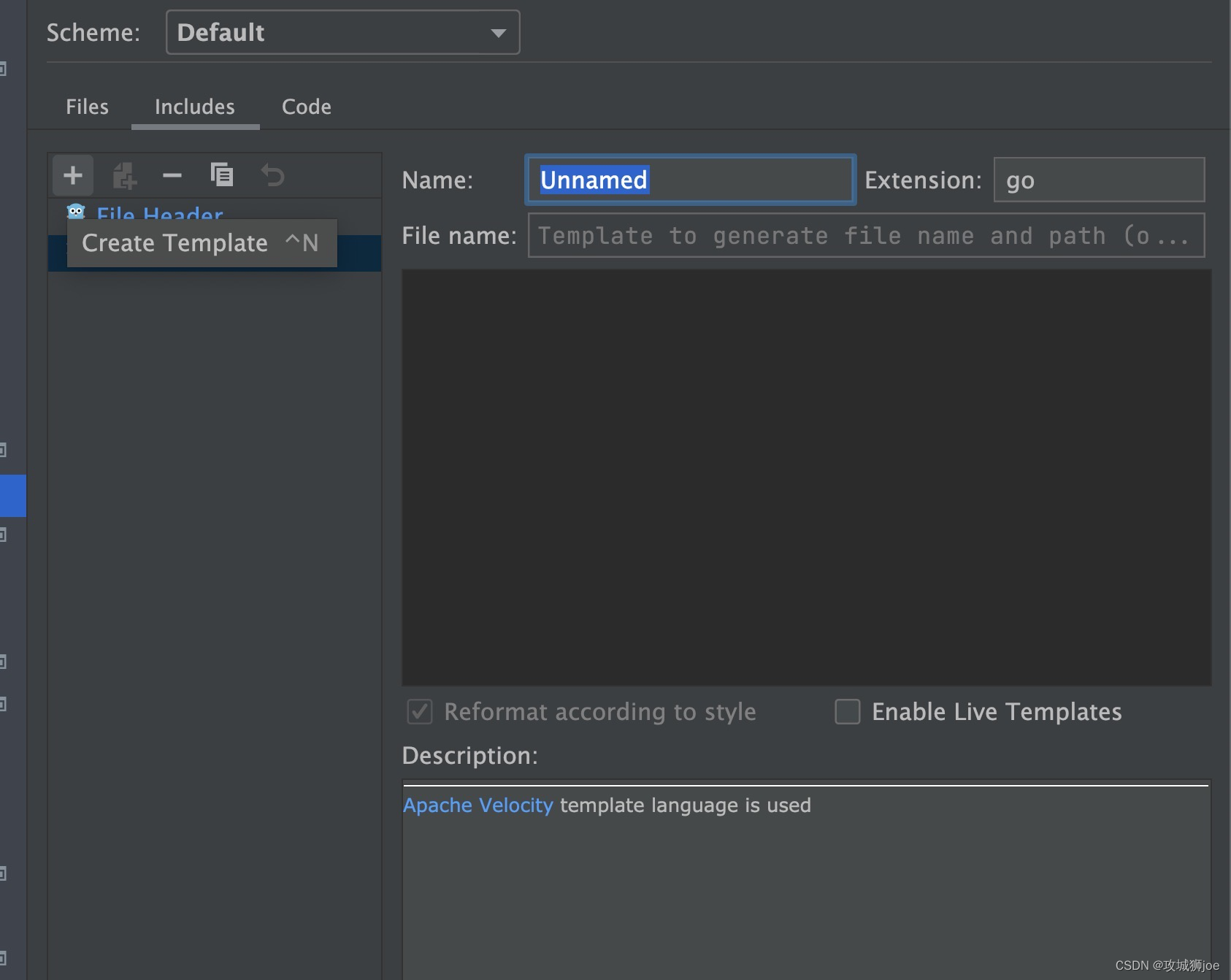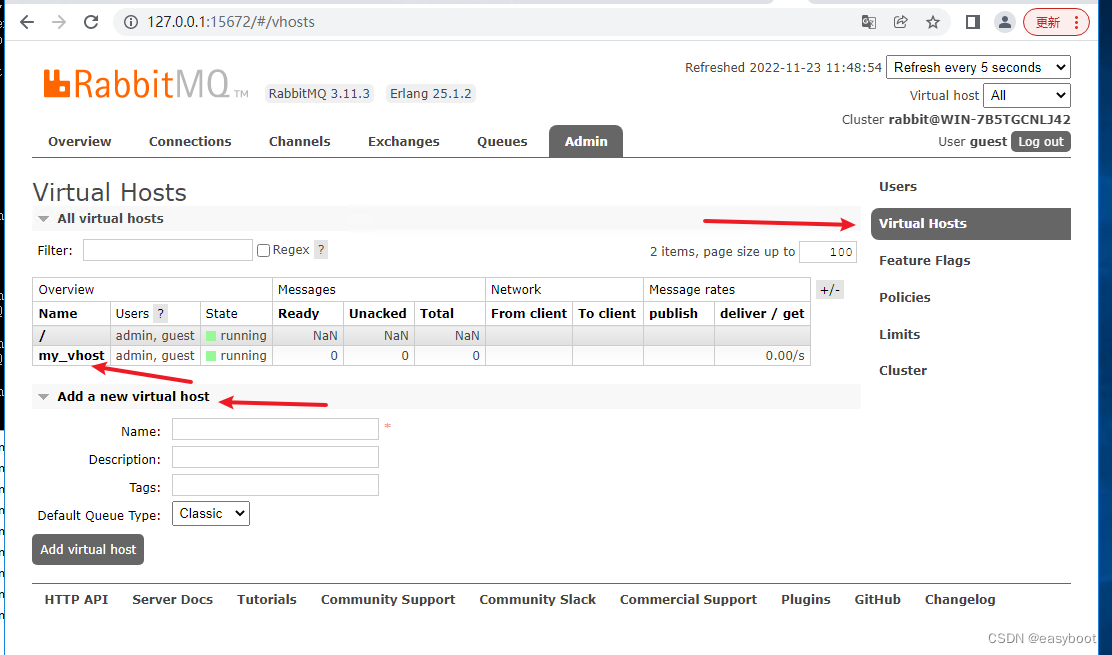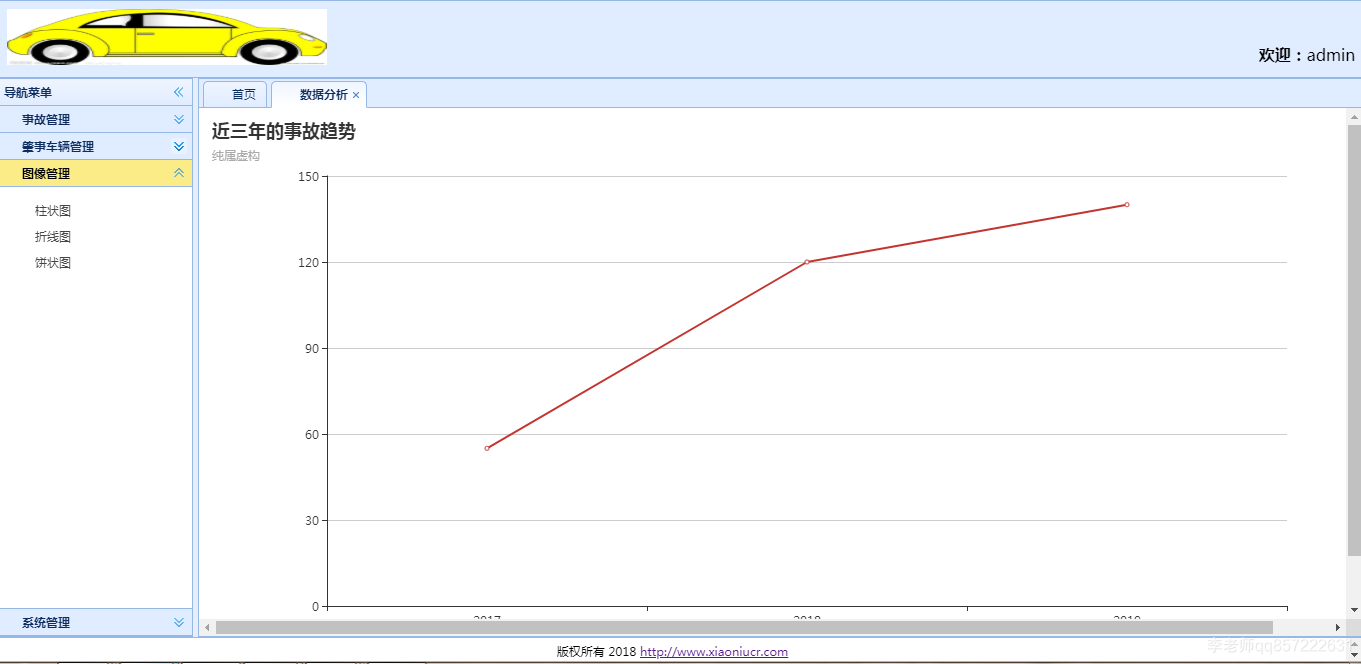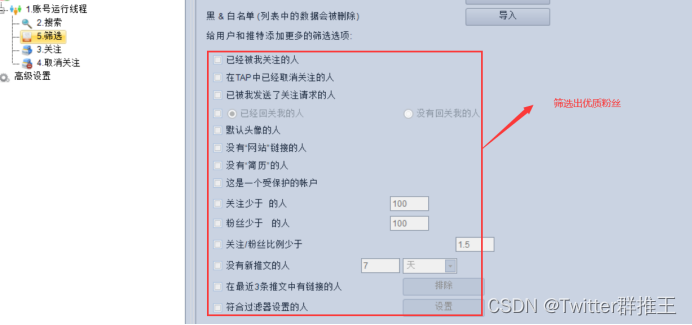本文内容来自王松老师的《深入浅出Spring Security》,自己在学习的时候为了加深理解顺手抄录的,有时候还会写一些自己的想法。
Spring Security中默认的登录参数传递的格式是key/value形式,也是表单登录格式。在实际项目中我们可能会通过Json格式来登录来传递参数,这就需要我们自定义登录过滤器来实现。
其实登录参数的提取是在UsernamePasswordAuthenticationFilter中完成的。如果我们要使用Json格式登录,我们只需要模仿UsernamePasswordAuthenticationFilter过滤器定义自己的过滤器,在将自定义的过滤器放到UsernamePasswordAuthenticationFilter所在的文职即可。
我们自定义一个LoginFilter:
/**
* @author tlh
* @date 2022/11/23 21:27
*/
public class LoginFilter extends UsernamePasswordAuthenticationFilter {
@Override
public Authentication attemptAuthentication(HttpServletRequest request, HttpServletResponse response) throws AuthenticationException {
//仅支持POST方法
if (!"POST".equals(request.getMethod())) {
throw new AuthenticationServiceException("当前认证不支持:" + request.getMethod());
}
if (request.getContentType().equalsIgnoreCase(MediaType.APPLICATION_JSON_VALUE) || request.getContentType().equalsIgnoreCase(MediaType.APPLICATION_PROBLEM_JSON_UTF8_VALUE)) {
try {
Map<String, String> userInfo = new ObjectMapper().readValue(request.getInputStream(), Map.class);
String userename = userInfo.get(getUsernameParameter());
String password = userInfo.get(getPasswordParameter());
UsernamePasswordAuthenticationToken token = new UsernamePasswordAuthenticationToken(userename, password);
setDetails(request, token);
return this.getAuthenticationManager().authenticate(token);
} catch (IOException e) {
e.printStackTrace();
}
}
return super.attemptAuthentication(request, response);
}
}- 首先确保进入该过滤器的请求为POST
- 根据content-type来判断参数是Json的还是key/value格式的,如果是Json格式的就自己处理,如果不是就调用父类的attemptAuthentication方法来处理即可
- 如果还是Json格式的数据,则利用jackson提供的ObjectMapper工具将输入流转为Map对象,然后在Map对象里面提取出用户名和密码,接着构造UsernamePasswordAuthenticationToken对象,然后调用AuthenticationManager的authenticate方法来执行认证操作
其实LoginFilter中,从请求中提取出Json参数之后的逻辑和父类UsernamePasswordAuthenticationFilter中的认证逻辑是一样的,如下是UsernamePasswordAuthenticationFilter获取用户名和密码然后认证的逻辑:
@Override
public Authentication attemptAuthentication(HttpServletRequest request, HttpServletResponse response)
throws AuthenticationException {
if (this.postOnly && !request.getMethod().equals("POST")) {
throw new AuthenticationServiceException("Authentication method not supported: " + request.getMethod());
}
String username = obtainUsername(request);
username = (username != null) ? username.trim() : "";
String password = obtainPassword(request);
password = (password != null) ? password : "";
UsernamePasswordAuthenticationToken authRequest = UsernamePasswordAuthenticationToken.unauthenticated(username,
password);
// Allow subclasses to set the "details" property
setDetails(request, authRequest);
return this.getAuthenticationManager().authenticate(authRequest);
}
LoginFilter定义完之后,接下来我们将其添加到Spring Security过滤器链中去:
/**
* @author tlh
* @date 2022/11/21 21:50
*/
@Configuration
public class SecurityConfig extends WebSecurityConfigurerAdapter {
@Override
protected void configure(AuthenticationManagerBuilder auth)
throws Exception {
auth.inMemoryAuthentication().withUser("javagirl")
.password("{noop}123")
.roles("admin");
}
@Bean
@Override
public AuthenticationManager authenticationManagerBean() throws Exception {
return super.authenticationManagerBean();
}
@Bean
LoginFilter loginFilter() throws Exception {
LoginFilter loginFilter = new LoginFilter();
loginFilter.setAuthenticationManager(authenticationManagerBean());
loginFilter.setAuthenticationSuccessHandler((request, response, authentication) -> {
response.setContentType("application/json;charset=utf-8");
response.getWriter().write(new ObjectMapper().writeValueAsString(authentication));
});
return loginFilter;
}
@Override
protected void configure(HttpSecurity http) throws Exception {
http.authorizeRequests()
.anyRequest().authenticated()
.and()
.formLogin()
.and()
.csrf().disable();
//表示提起掉原来的UsernamePasswordAuthenticationFilter的位置
http.addFilterAt(loginFilter(), UsernamePasswordAuthenticationFilter.class);
}
@Override
public void configure(WebSecurity web) throws Exception {
web.ignoring()
.antMatchers("/login.html", "/css/**", "/js/**", "/images/**");
}
}- 首先重写configure(AuthenticationManagerBuilder auth)方法来定义一个用户
- 重写父类的authenticationManagerBean()方法来提供一个AuthenticationManager实例,一会将会配置给LoginFilter
- 配置LoginFilter实例,同时将AuthenticationManager的实例设置给LoginFilter,然后配置登录成功回调。当然这里也可以设置失败回调
- 最后在HttpSecurity中,调用addFilterAt方法将LoginFilter过滤器添加到UsernamePasswordAuthenticationFilter过滤器所在的位置
配置完成后,重启项目,此时我们就可以用Json格式的数据来登录系统了:
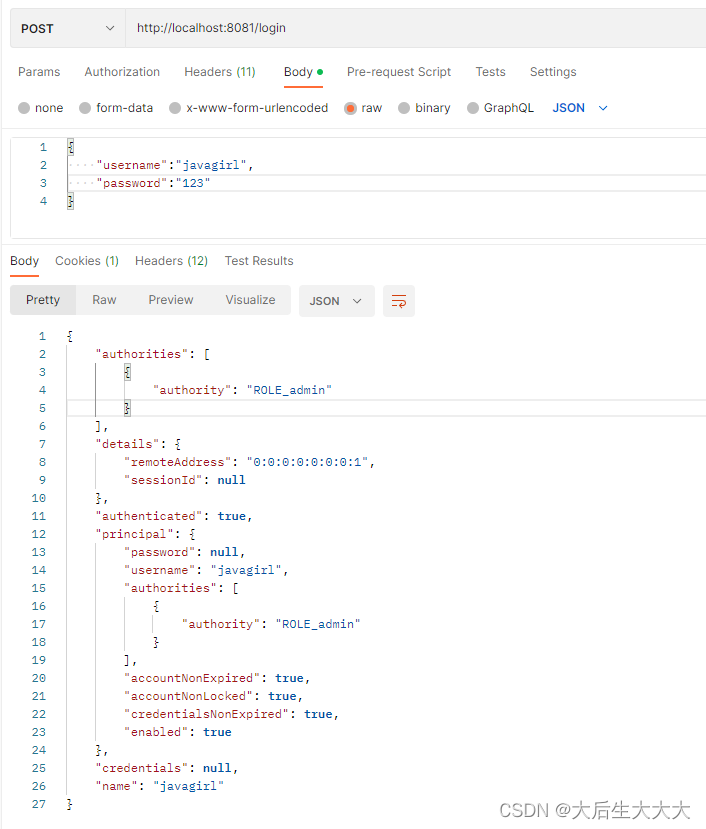
有小伙伴应该会注意到,当我们想要获得一个AuthenticationManager的实例时有两种方法:
- 重写父类的authenticationManager方法,如下:
@Override protected AuthenticationManager authenticationManager() throws Exception { return super.authenticationManager(); } - 从写父类的authenticationManagerBean方法,如下:
@Override public AuthenticationManager authenticationManagerBean() throws Exception { return super.authenticationManagerBean(); }
表面上两种方法获取的实例都可以在这里运行,但是实际上是有区别的。第一种方法authenticationManager获取到时全局的AuthenticationManager实例,第二种方法获取到的是局部的AuthenticationManager实例。而LoginFilter作为Spring Security过滤器中的一环,显然该配置局部的AuthenticationManager的实例。应为,如果将全局的AuthenticationManager的实例配置给LoginFilter,则局部的AuthenticationManager实例所对应的用户就会失效。
实际上,如果我们想要配置一个AuthenticationManager实例,大部分情况下都是通过重写authenticationManagerBean方法来获取。


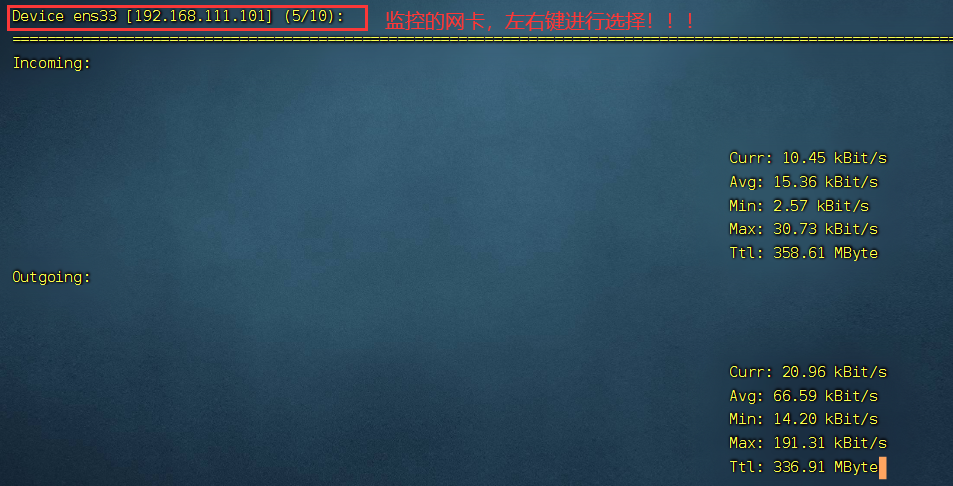


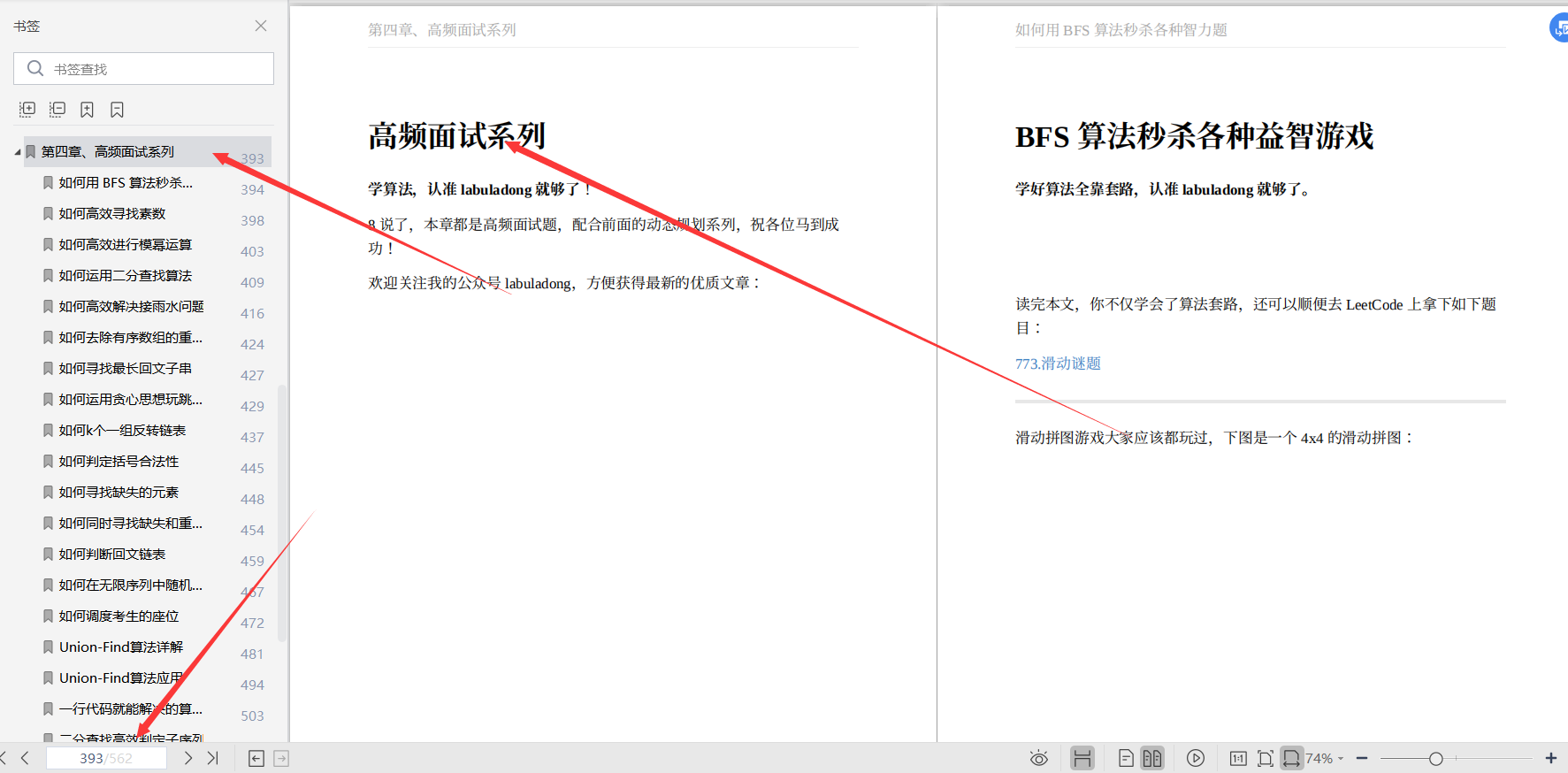
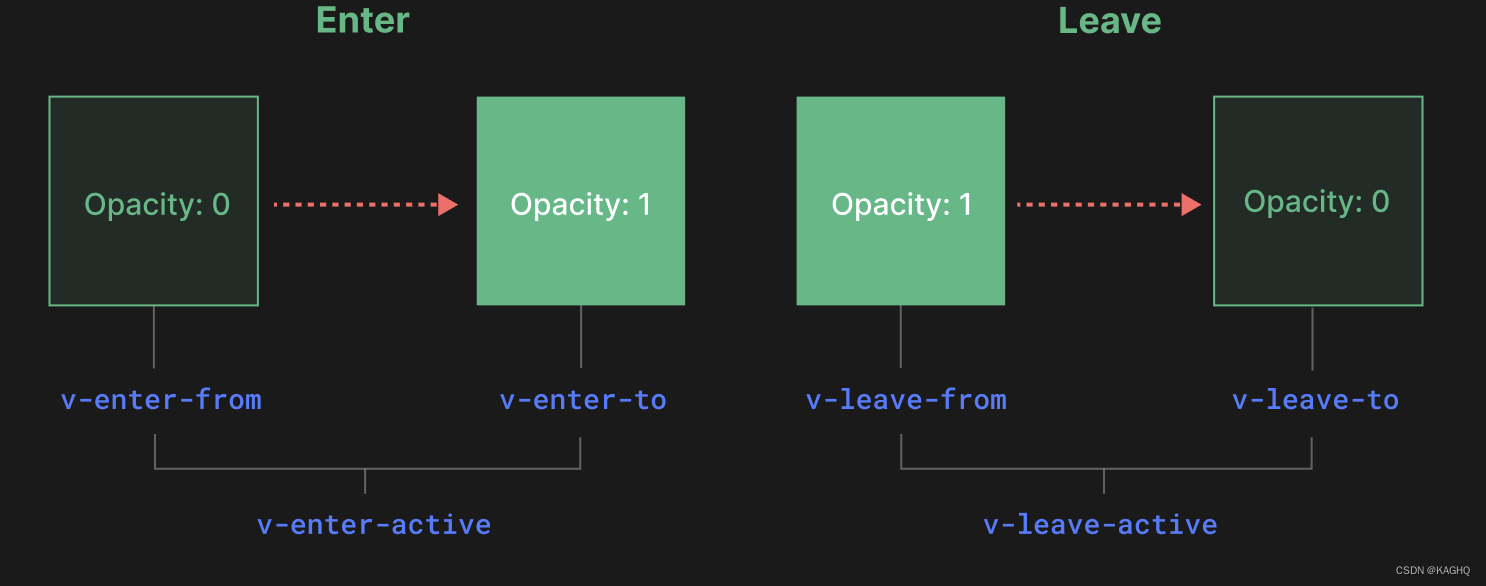
![[附源码]java毕业设计研究生管理系统](https://img-blog.csdnimg.cn/83fd3b22199744d78eb2ddd5b51d3396.png)
